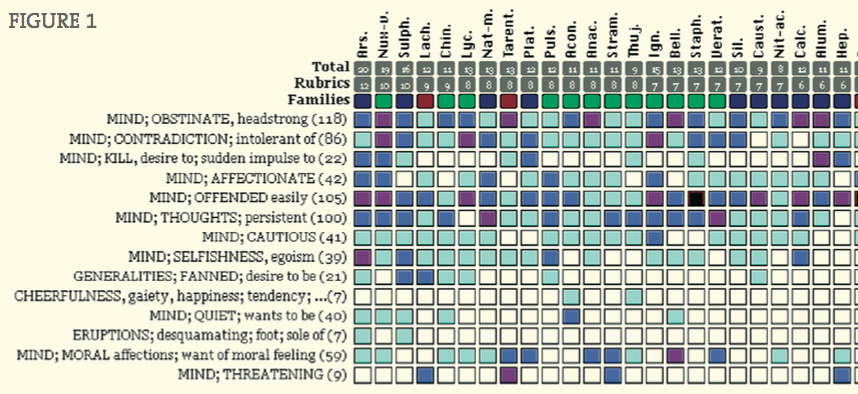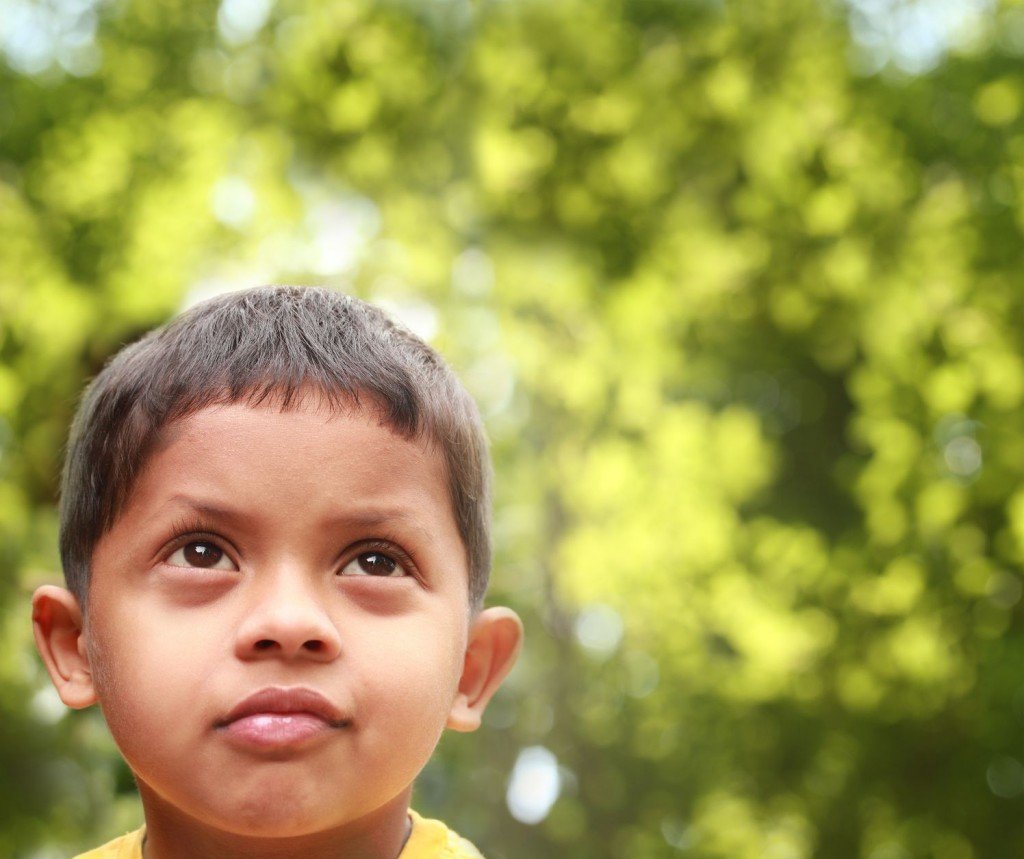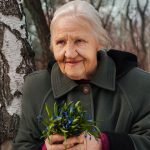Joseph Kellerstein, DC, ND
Niraj’s parents came to Canada from India 10 years ago. He was born three years later and has challenged their marriage to a degree never envisioned.
They were about 10 minutes early for their appointment. It was good timing because the previous patient had done well and the appointment was shorter than planned. As I ushered in mother and child, there was a thoughtful pause and Namrata asked Niraj to sit in the waiting room while we talked.
I was taken aback by this very compassionate lady when she confessed: “My son, I love him very much, but I don’t like him at all.”
Symptoms
She continued. “You never know when he will attempt to hurt another child. Suddenly there is a scream, ‘I will kill you.’ He accepts responsibility for nothing. He is always the victim when explaining his actions.”
There are threats if children do not do as they are told. Namrata was upset that despite some pretty vicious acts, there seemed to be no remorse. It was easy to consider only what he wanted, as if he was the only person of significance.
“At home we must give him what he wants, or he continues to demand it for hours. He is horribly hyper and restless, like ADHD but worse,” she said. Niraj’s parents were considering not only this label but oppositional defiance, perhaps borderline personality; they were not sure yet.
Yet there is no lack of hugging and kissing. His parents found it unusual that as often as there is hardness there is a kind of tenderness that is hurt by the slightest negative comment, and easy tears.
So far, the bulk of the symptoms were expressed in a steady stream of despair, but as the flow eased I asked more questions.
Dr. K: “How are the interactions with other kids?”
Namrata: “It’s interesting. At the playground he is very careful about things. It seems as if he really holds back for fear of being hurt. When a group of children are playing, most often he will observe a long time before making a move to be included. Of course, if there is the slightest sense he is not welcome he feels deeply hurt and may well come running in tears.”
When sick with a fever he mostly wanted to be left alone. Other than these contextual challenges, he was very happy.
Piecing Together the Puzzle
The physicals seemed unremarkable. The rest of the panels of questions yielded no usable response.
I pieced together the rep chart and took a peek (see Figure 1).
The question at this point was what is most characterizing. It seemed the genius of the case was in the impulse to kill, the want of moral feeling and the threatening behavior (all mentals). In view of this, the remedy that first needed to be studied was Tarentula Hisp. I did so and felt a good resonance to the case.
Because the child was so volatile, I opted for a very conservative dose. He was given one pellet of the 30c dry on the tongue.
Three weeks later I received a phone message to call the mother.
“No one understands what happened,” she said. “The very next day the aggressive behavior vanished. He feels remorse. He accepts responsibility. There is still incredible hyperness and restlessness.”
The improvement happened very fast but also leveled out fast, and no further improvement occurred. I suggested we repeat the 30c.
Within two days Namrata called. Niraj’s old symptoms returned and were prominent almost the next day.
My question to you, my colleagues, is – How do I assess this? What is my next step? I got an aggravation after the second dose. What does this mean?

 Joe Kellerstein, DC, ND graduated as a chiropractor in 1980 and as an ND in 1984. He graduated with a specialty in homeopathy from the Canadian Academy for Homeopathy, and subsequently lectured there for two years. He also lectured in homeopathy for several years at CCNM; for eight years at the Toronto School of Homeopathic Medicine; and for two years at the British Institute for Homeopathy. Kellerstein’s mission is the exploration of natural medicine in a holistic context, especially homeopathy and facilitating the experience of healing in clients.
Joe Kellerstein, DC, ND graduated as a chiropractor in 1980 and as an ND in 1984. He graduated with a specialty in homeopathy from the Canadian Academy for Homeopathy, and subsequently lectured there for two years. He also lectured in homeopathy for several years at CCNM; for eight years at the Toronto School of Homeopathic Medicine; and for two years at the British Institute for Homeopathy. Kellerstein’s mission is the exploration of natural medicine in a holistic context, especially homeopathy and facilitating the experience of healing in clients.





